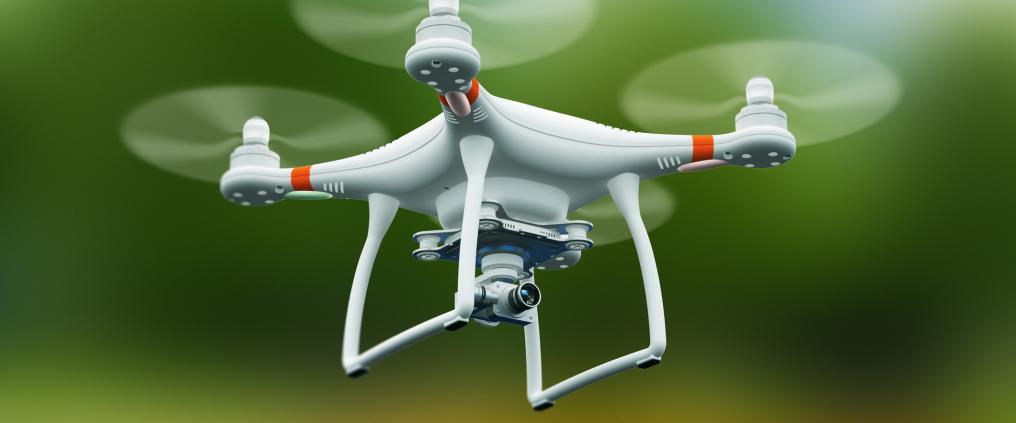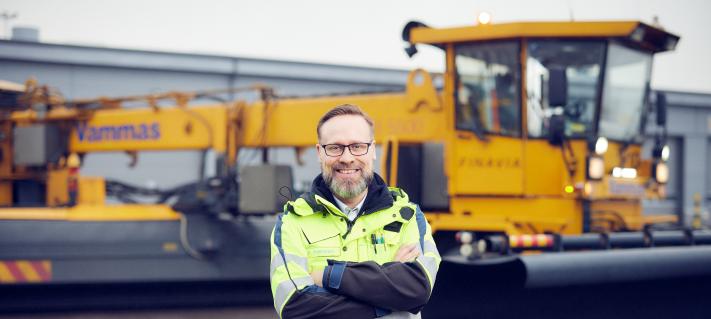Drones, or unmanned, remote-controlled aerial vehicles, can range from small to large aircraft.
Currently, one of their most commonly-known uses are as small-scale aerial cameras used for filmmaking or photography, as they can easily take aerial shots of different locations. It is, however, strictly forbidden to fly drones near airports as they can cause serious hazards.
Camera drones are used by commercial companies and officials, for instance, for powerline inspections, cartography, forestry and even real estate. The Finnish police and border guard are also users of drones, as are other security services. The uniting factor in all of these current drone operations is that they occur outside of congested areas.
“This is why Finland is an extremely good place to do lots of pilot projects and testing,” says Jukka Hannola, an expert on drones at Traficom, the Finnish Transport and Communication Agency. “We have a lot of free airspace available, we have the most flexible drone regulations in Europe – maybe in the world – and that creates excellent circumstances in which drone companies can operate.”
New drone pilot projects in Helsinki
Because of Finland’s unique position, new drone pilot programmes have recently been announced to take place in the Helsinki area. Drones are going to be tested for air deliveries – and even a future “air taxi” service.
Wing, a subsidiary of Google’s parent company, Alphabet Inc., announced in late 2018 that it plans to pilot its European drone delivery service in the Helsinki region this spring, having previously tested its service in Australia.
In the same vein, a company called Volocopter, has announced that it will begin test flights with an “air taxi” – the first manned, fully-electric vertical take-off and landing (VTOL) vehicle in Helsinki next summer. The airborne taxi service says it would like to integrate with existing transportation systems to help cities resolve their increasing mobility issues.
Hannola believes that the first large-scale use for bigger drones would likely be air cargo, not transporting people.
“Cargo operations is a good example of a use for bigger drones that fly at the same altitude as current manned aviation. You could have a cargo flight from Helsinki to Rovaniemi overnight, as the air space is quite empty. That’s the first step for large automated drones – it won’t be transporting people, it will be transporting cargo.”
Safety and regulation issues still to be solved
Despite the advancements in drone technology, there are still many hurdles to overcome before they can become an accepted mode of delivery or transportation.
“We have seen normal, traditional, manned aircraft converted into remote controlled aircraft, so that’s not a new thing,” says Jukka Hannola. “It’s a public acceptance thing, not so much a technological thing. People trust in aviation professionals and we have to maintain that excellent level of reliability. In aviation, safety always comes first.”
ANS Finland's guide to flying drones near airports and in controlled airspace.



